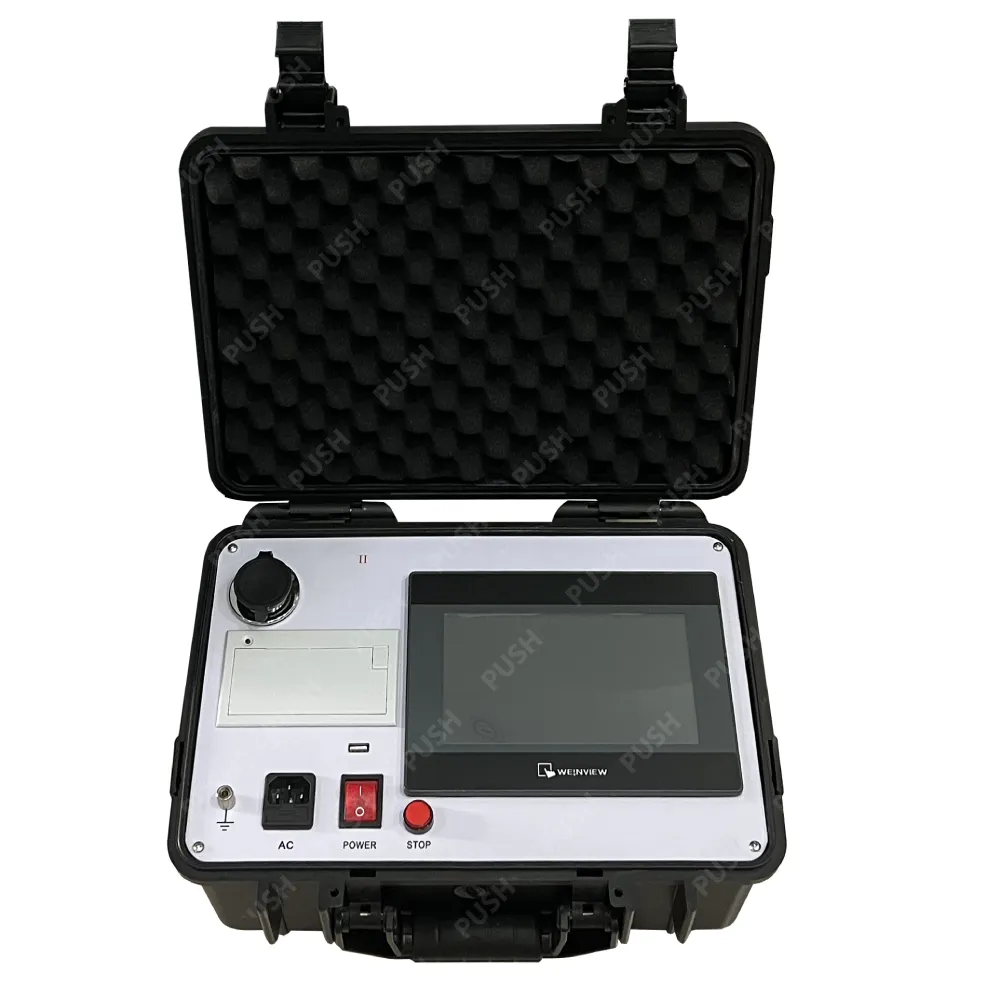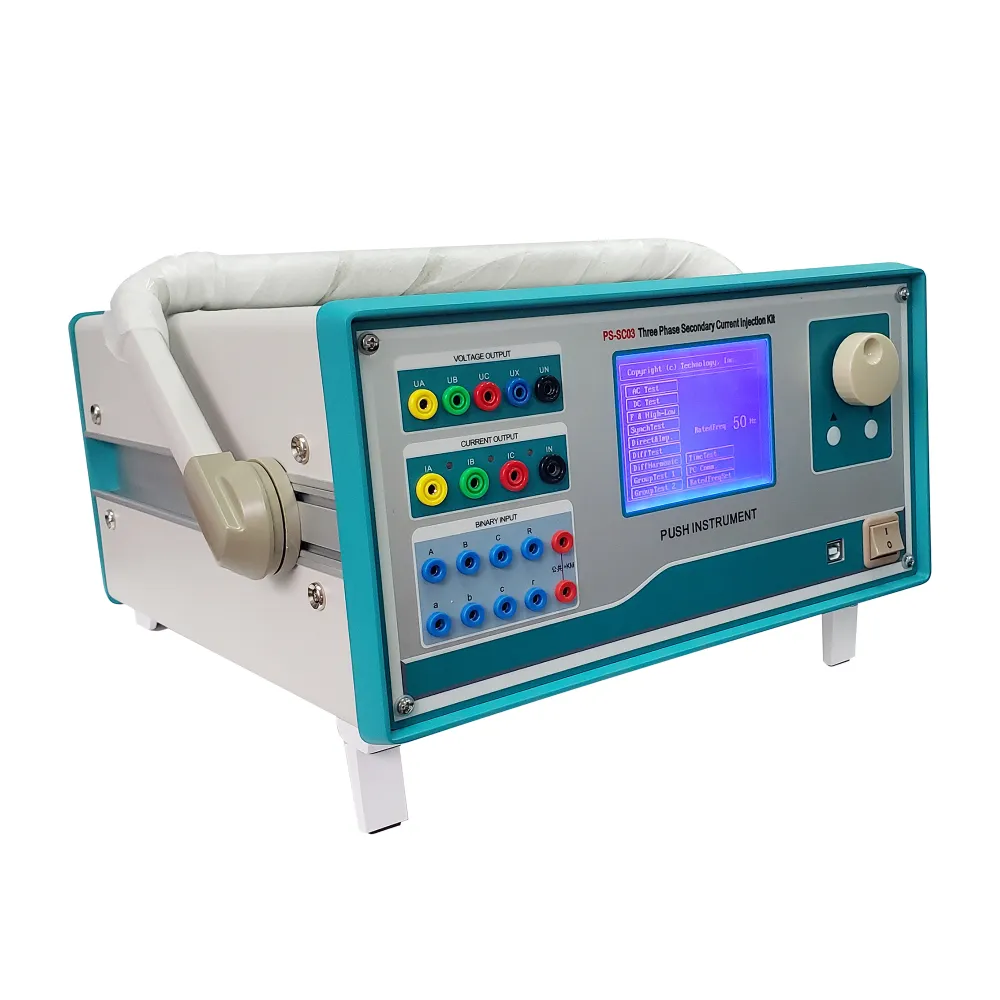TEL:
+86-0312-3189593
 English
English

Telephone:0312-3189593

Email:sales@oil-tester.com

-
 Afrikaans
Afrikaans -
 Albanian
Albanian -
 Amharic
Amharic -
 Arabic
Arabic -
 Armenian
Armenian -
 Azerbaijani
Azerbaijani -
 Basque
Basque -
 Belarusian
Belarusian -
 Bengali
Bengali -
 Bosnian
Bosnian -
 Bulgarian
Bulgarian -
 Catalan
Catalan -
 Cebuano
Cebuano -
 China
China -
 China (Taiwan)
China (Taiwan) -
 Corsican
Corsican -
 Croatian
Croatian -
 Czech
Czech -
 Danish
Danish -
 Dutch
Dutch -
 English
English -
 Esperanto
Esperanto -
 Estonian
Estonian -
 Finnish
Finnish -
 French
French -
 Frisian
Frisian -
 Galician
Galician -
 Georgian
Georgian -
 German
German -
 Greek
Greek -
 Gujarati
Gujarati -
 Haitian Creole
Haitian Creole -
 hausa
hausa -
 hawaiian
hawaiian -
 Hebrew
Hebrew -
 Hindi
Hindi -
 Miao
Miao -
 Hungarian
Hungarian -
 Icelandic
Icelandic -
 igbo
igbo -
 Indonesian
Indonesian -
 irish
irish -
 Italian
Italian -
 Japanese
Japanese -
 Javanese
Javanese -
 Kannada
Kannada -
 kazakh
kazakh -
 Khmer
Khmer -
 Rwandese
Rwandese -
 Korean
Korean -
 Kurdish
Kurdish -
 Kyrgyz
Kyrgyz -
 Lao
Lao -
 Latin
Latin -
 Latvian
Latvian -
 Lithuanian
Lithuanian -
 Luxembourgish
Luxembourgish -
 Macedonian
Macedonian -
 Malgashi
Malgashi -
 Malay
Malay -
 Malayalam
Malayalam -
 Maltese
Maltese -
 Maori
Maori -
 Marathi
Marathi -
 Mongolian
Mongolian -
 Myanmar
Myanmar -
 Nepali
Nepali -
 Norwegian
Norwegian -
 Norwegian
Norwegian -
 Occitan
Occitan -
 Pashto
Pashto -
 Persian
Persian -
 Polish
Polish -
 Portuguese
Portuguese -
 Punjabi
Punjabi -
 Romanian
Romanian -
 Russian
Russian -
 Samoan
Samoan -
 Scottish Gaelic
Scottish Gaelic -
 Serbian
Serbian -
 Sesotho
Sesotho -
 Shona
Shona -
 Sindhi
Sindhi -
 Sinhala
Sinhala -
 Slovak
Slovak -
 Slovenian
Slovenian -
 Somali
Somali -
 Spanish
Spanish -
 Sundanese
Sundanese -
 Swahili
Swahili -
 Swedish
Swedish -
 Tagalog
Tagalog -
 Tajik
Tajik -
 Tamil
Tamil -
 Tatar
Tatar -
 Telugu
Telugu -
 Thai
Thai -
 Turkish
Turkish -
 Turkmen
Turkmen -
 Ukrainian
Ukrainian -
 Urdu
Urdu -
 Uighur
Uighur -
 Uzbek
Uzbek -
 Vietnamese
Vietnamese -
 Welsh
Welsh -
 Bantu
Bantu -
 Yiddish
Yiddish -
 Yoruba
Yoruba -
 Zulu
Zulu
ಫೆಬ್ರ . 15, 2025 07:07
Back to list
Transformer insulation oil breakdown voltage tester bdv
Exploring the landscape of modern technology often leads us to the intricate functionalities of transformers, especially when honing in on their performance and reliability. For anyone invested in the technical realm—engineers, product developers, or tech enthusiasts—creating a comprehensive transformer test list becomes invaluable. This document isn't just a checklist but a vital tool ensuring that transformers meet desired operational standards while optimizing longevity and performance.
Continuing with power assessment, the load test is vital for understanding how the transformer performs under actual operating conditions. This test seeks to mimic real-world scenarios, ensuring that the transformer maintains optimal performance without overheating or experiencing voltage regulation issues. Frequency response analysis (FRA) offers a more advanced layer of testing, delivering insights into the transformer's mechanical structure through electrical means. This analysis detects core shifts, winding displacements, and other abnormalities resulting from mechanical or thermal stress. While these tests underscore the importance of a well-rounded transformer test list, expertise and experience significantly enhance their execution. The most reliable outcomes arise when skilled technicians employ cutting-edge equipment, ensuring that each evaluation is precise and insightful. This commitment to expertise elevates the entire testing process, fostering trust and assurance in the transformer's reliability. The results of these tests should be meticulously documented, creating a detailed history that informs future maintenance and operational decisions. This documentation acts as a blueprint for both current evaluations and future prognostics, an essential practice for those seeking to uphold the highest standards of operational integrity. Finally, the implementation of a transformer test list must be driven by an authoritative understanding of industry standards. Aligning with guidelines such as those from the IEEE or IEC underscores a commitment to quality and reliability, reflecting a thorough understanding of, and adherence to, established benchmarks. In essence, a well-structured transformer test list is more than a procedural document; it's a testament to expertise, emphasizing real-world experience and unfaltering trust in the pursuit of electrical excellence. In a landscape where efficiency and reliability are paramount, diligent adherence to such testing protocols ensures that transformers not only meet industry expectations but continuously exceed them.


Continuing with power assessment, the load test is vital for understanding how the transformer performs under actual operating conditions. This test seeks to mimic real-world scenarios, ensuring that the transformer maintains optimal performance without overheating or experiencing voltage regulation issues. Frequency response analysis (FRA) offers a more advanced layer of testing, delivering insights into the transformer's mechanical structure through electrical means. This analysis detects core shifts, winding displacements, and other abnormalities resulting from mechanical or thermal stress. While these tests underscore the importance of a well-rounded transformer test list, expertise and experience significantly enhance their execution. The most reliable outcomes arise when skilled technicians employ cutting-edge equipment, ensuring that each evaluation is precise and insightful. This commitment to expertise elevates the entire testing process, fostering trust and assurance in the transformer's reliability. The results of these tests should be meticulously documented, creating a detailed history that informs future maintenance and operational decisions. This documentation acts as a blueprint for both current evaluations and future prognostics, an essential practice for those seeking to uphold the highest standards of operational integrity. Finally, the implementation of a transformer test list must be driven by an authoritative understanding of industry standards. Aligning with guidelines such as those from the IEEE or IEC underscores a commitment to quality and reliability, reflecting a thorough understanding of, and adherence to, established benchmarks. In essence, a well-structured transformer test list is more than a procedural document; it's a testament to expertise, emphasizing real-world experience and unfaltering trust in the pursuit of electrical excellence. In a landscape where efficiency and reliability are paramount, diligent adherence to such testing protocols ensures that transformers not only meet industry expectations but continuously exceed them.
Latest news
-
Testing Equipment Industry Sees Major Advancements in 2025: Smart & Precision Technologies Lead the WayNewsJun.06,2025
-
Applications of Direct Current Generators in Renewable Energy SystemsNewsJun.05,2025
-
Hipot Tester Calibration and Accuracy GuidelinesNewsJun.05,2025
-
Digital Circuit Breaker Analyzer Features and BenefitsNewsJun.05,2025
-
Benefits of Real-Time Power Quality Monitoring Devices for Industrial EfficiencyNewsJun.05,2025
-
Earth Fault Loop Testing in High-Rise Building Electrical SystemsNewsJun.05,2025



